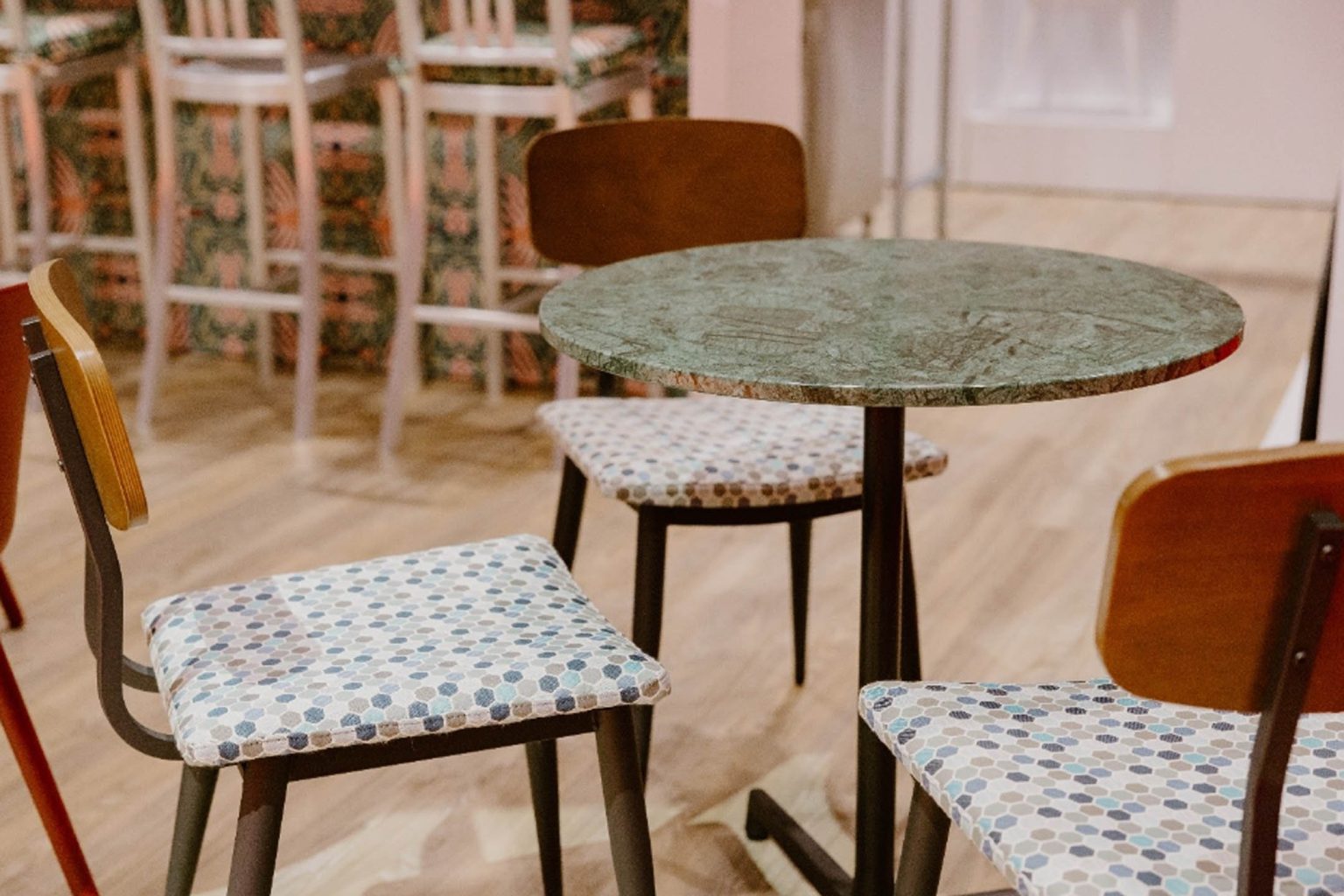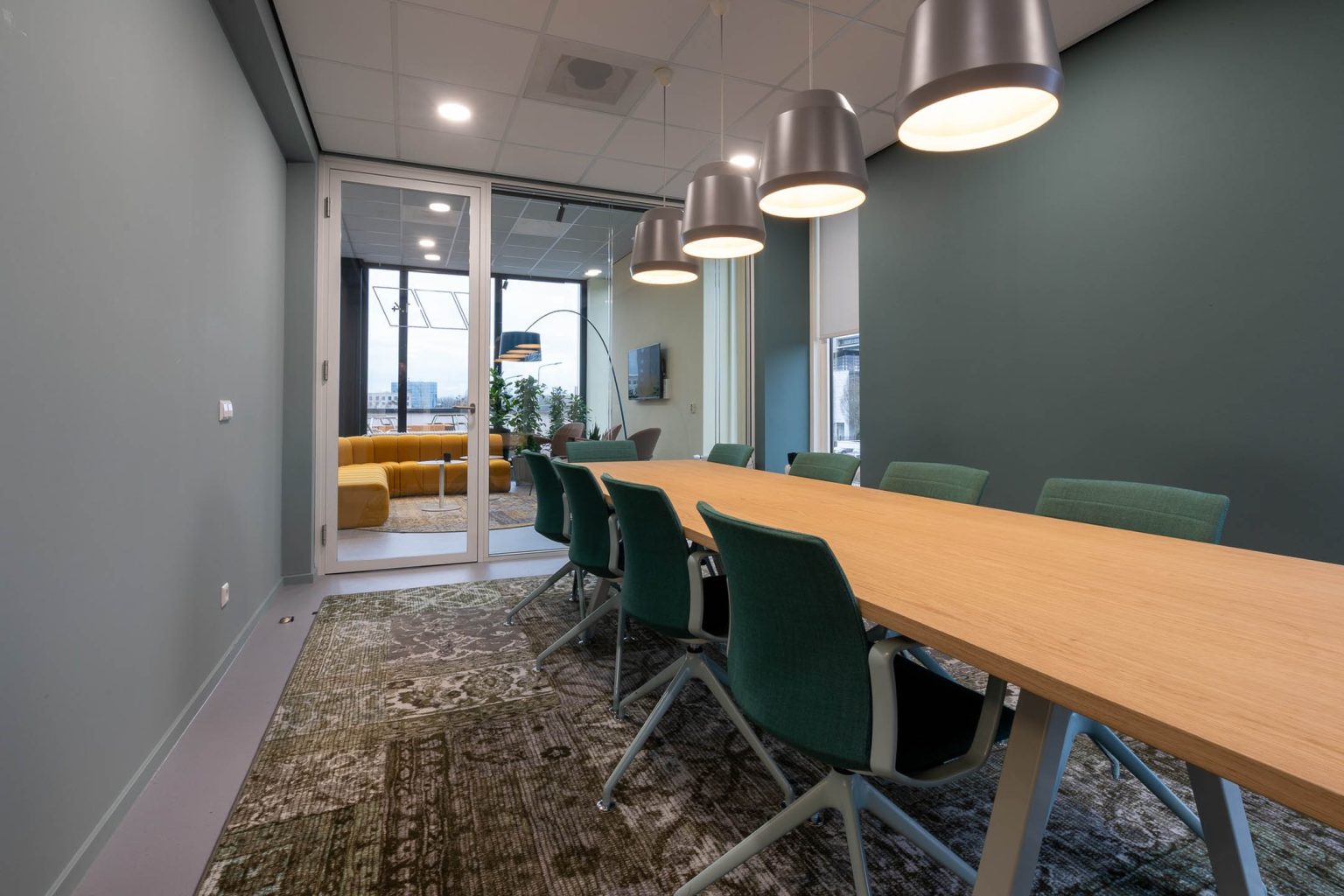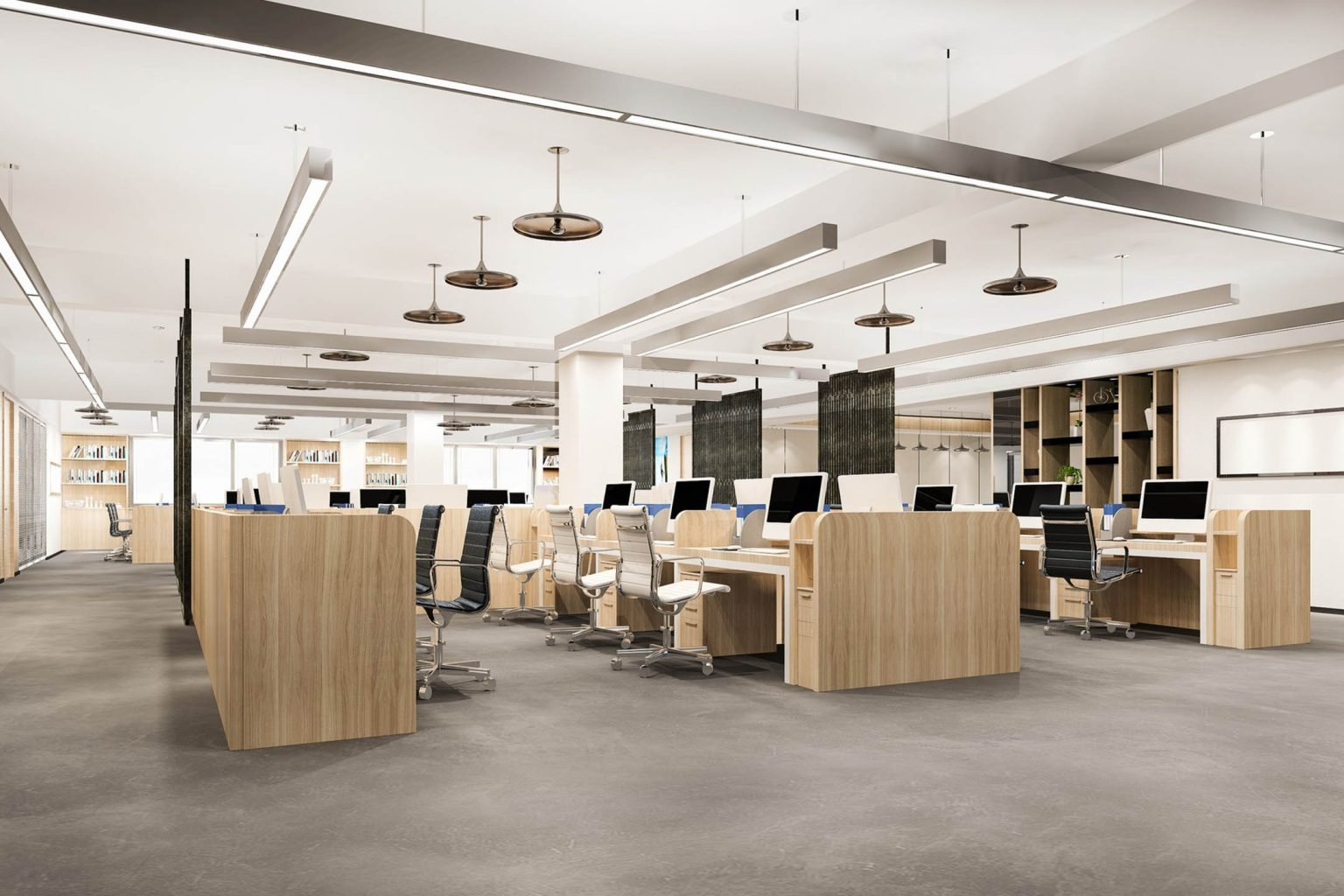Furnishing your commercial space with contract furniture can be a daunting task. Staying within budget becomes paramount, as it can make or break your financial goals. Contract furniture isn’t just about the aesthetics; it’s a crucial investment for businesses, directly influencing the efficiency and overall well-being of your workspace. Managing its costs effectively is not only a matter of financial responsibility but a strategic necessity for the long-term success of your organization. In this article, we’ll delve into three key tips to help you navigate the world of contract furniture, ensuring you keep your expenses in check while making choices that align with your financial goals and benefit your business operations.
What is Contract Furniture?
Contract furniture, often referred to as commercial or office furniture, plays a pivotal role in your business operations. It’s specifically engineered for use in commercial spaces, catering to a wide range of establishments, including offices, hotels, restaurants, and more. Unlike residential furniture, contract furniture is designed to withstand the rigors of high-traffic areas and daily use. Its durability and cost-effectiveness make it an indispensable choice for businesses seeking to balance their furniture budget while maintaining quality and functionality.
Managing your contract furniture costs effectively isn’t just about style; it’s about making savvy financial decisions. To do this, understanding the cost of furnishing is a crucial component. By exploring various ways to optimize this aspect of your budget, you’ll be better equipped to align your financial goals with the needs of your business operations. So, let’s dive into three essential tips for keeping your contract furniture costs on budget while ensuring that your workspace remains efficient and aesthetically pleasing.

Why Is It Important to Set and Stick to a Budget for Contract Furniture?
Managing contract furniture costs extends beyond basic financial responsibility; it’s a strategically sound approach that directly impacts your business operations and bottom line. In the complex realm of commercial furnishings, where balancing style and function is crucial, staying within budget is pivotal for your company’s financial well-being. Here are some compelling reasons why establishing and adhering to a budget for contract furniture is not just prudent but essential:
Tip 1: Consider Administrative Costs
When delving into the realm of managing your contract furniture budget, it’s crucial to debunk a common misconception: ignoring administrative costs can indeed be a bad idea, potentially leading to unexpected financial setbacks. In reality, these expenses play a more significant role than one might think and can have a direct impact on the achievement of your business goals. Instead of underestimating their significance, it’s prudent to pay close attention to these often overlooked costs. By doing so, you can navigate the complexities of your furniture budget more effectively, ensuring that your financial goals remain within reach.
Assess Your Current Office Space
Before embarking on the journey of furnishing your commercial space, engage in a comprehensive evaluation of your existing office layout and square footage. Dive into the spatial dynamics, traffic flow, and the optimal utilization of different areas within your workspace. This meticulous assessment is the foundation for determining the quantity and types of furniture required for each specific space, ensuring that your choices align with your budget and business objectives.

Estimate Maintenance Costs
When planning your furniture budget, consider the long-term maintenance costs associated with different materials and finishes. While certain options may have a lower upfront cost, they might require more maintenance over time. Choose materials and finishes that align with your budget and maintenance capabilities.
Cost of Furnishing: In your endeavor to keep your contract furniture expenses in check, it’s essential to include the cost of furnishing as a pivotal component. This encompasses not only the initial purchase of furniture pieces but also the maintenance and upkeep costs over time. By estimating and factoring in the total cost of furnishing, you’ll have a comprehensive view of your budget, allowing you to make informed decisions that resonate with your financial goals and ensure the long-term efficiency of your space.
Analyze Any Additional Cost Elements
In your quest to manage your contract furniture budget wisely, it’s essential to go beyond the basics and scrutinize any additional cost elements that may impact your financial goals. These often-overlooked expenses include not only the initial purchase of furniture pieces but also the associated costs, such as delivery and installation fees. Moreover, factor in the expenses related to office supplies and even consider items like coffee tables and console tables that harmonize with your overall design. Crafting a meticulous and detailed breakdown of these costs ensures that you have a comprehensive view of your budget, leaving no hidden financial surprises in your path.

Tip 2: Choose Durable Materials and Pieces of Furniture
When it comes to managing your contract furniture budget effectively, investing in durable materials and furniture pieces is far from a mere suggestion; it’s a strategic maneuver with the potential for substantial cost savings. This savvy approach ensures that you not only maintain your financial goals but also secure your investment for the long haul. Durable furniture not only withstands the rigors of high-traffic areas but also reduces the need for frequent replacements, saving you both direct and indirect costs. By prioritizing the selection of high-quality materials and furniture items for your workspace, you’re not just ensuring longevity, but also optimizing your return on investment. This win-win scenario significantly impacts your business’s financial health, creating a ripple effect of benefits for your bottom line. So, when considering the best approach to your contract furniture budget, remember that the choice of durability can lead to enhanced financial sustainability while guaranteeing the functionality and aesthetics of your commercial space.
Select High-Traffic Areas Wisely
Navigating the demands of high-traffic areas in a commercial setting isn’t just a matter of choice; it’s a strategic maneuver that can lead to substantial cost savings. These areas are the epicenters of activity, where furniture bears the brunt of daily use. To make the most of your budget, prioritize the selection of durable furniture designed to withstand the rigors of these high-traffic zones. A prime example is investing in quality office chairs, where the emphasis isn’t just on comfort but also longevity. This dual focus means you reduce the need for frequent replacements, thus optimizing your budget and promoting an efficient workspace.
Buy Quality Office Chairs For Comfort And Durability
Comfort and durability are key factors in choosing office chairs. Investing in ergonomic chairs not only enhances the well-being of your employees but also reduces long-term costs associated with discomfort-related productivity losses. Choose chairs that strike a balance between optimal price range and competitive prices to stay within your budget.
Tip 3: Utilize Design Process To Reach Business Goals
Turning your contract furniture project into a well-planned endeavor isn’t just a smart idea; it’s a crucial strategy to tackle what might seem like a daunting task. Begin by creating a budget breakdown of your furniture budget, ensuring that you allocate resources efficiently and avoid unexpected expenses. By meticulously considering every aspect of your project, from materials costs to furniture pieces and the essential basic expenses of your business operations, you’ll be well-prepared to maximize cost savings and improve your return on investment.
Define The Scope Of Work Needed For The Project
To maintain your furniture budget while aligning with your financial goals, initiate the entire process by explicitly defining the scope of work for your project. Take into account square footage, an aspect often overlooked, and thoroughly evaluate your business’s needs, including essential furniture items and design elements. This methodical approach helps you sidestep the allure of non-essential furniture pieces, thus avoiding cost overruns and securing a prudent budget.
Develop A Realistic Budget For The Project
With a clear understanding of your project’s scope, create a realistic budget for your contract furniture endeavor. This budget goes beyond just the direct costs of furniture, encompassing indirect costs such as delivery, installation, and ongoing maintenance. A well-structured budget will serve as a reliable compass in this journey, preventing unexpected costs from jeopardizing your financial goals, ensuring the stability of your business operations, and allowing you to explore product lines and design trends while staying within the specified cost ranges.
Choose Appropriate Furniture Items
Selecting the right furniture items is not just a choice; it’s a strategic maneuver in managing your furniture budget effectively. These selections must align seamlessly with your financial goals and the specific needs of your business operations. Take a meticulous approach by evaluating product lines from reputable furniture companies. This evaluation allows you to strike the perfect balance between quality and cost savings, a vital consideration when striving to maintain a prudent budget. To keep your expenses in check, prioritize essential expenses that have a direct impact on your business operations. Simultaneously, remain mindful of the latest design trends to ensure that your workspace combines functionality and aesthetics harmoniously.
Plan Equipment Repairs and Maintenance In Advance
A key component of maintaining a cost-effective contract furniture project is planning equipment repairs and maintenance in advance. This strategic move not only maximizes the lifespan of your furniture but also minimizes repair costs, ultimately providing a higher return on investment in the long run. Regularly scheduled maintenance routines ensure that your furniture remains in top condition, preventing unexpected expenses and promoting the longevity of your valuable assets.
In conclusion, managing contract furniture costs doesn’t have to be a daunting task. By strategically approaching your project and incorporating these three tips, you can make informed decisions that align with your financial goals and optimize your business operations. Remember, contract furniture is more than just furnishings; it’s a substantial investment in the functionality and aesthetics of your commercial space, and making the right choices will ensure the success of your project while staying within budget.

 +1 (905) 825 9665
+1 (905) 825 9665


